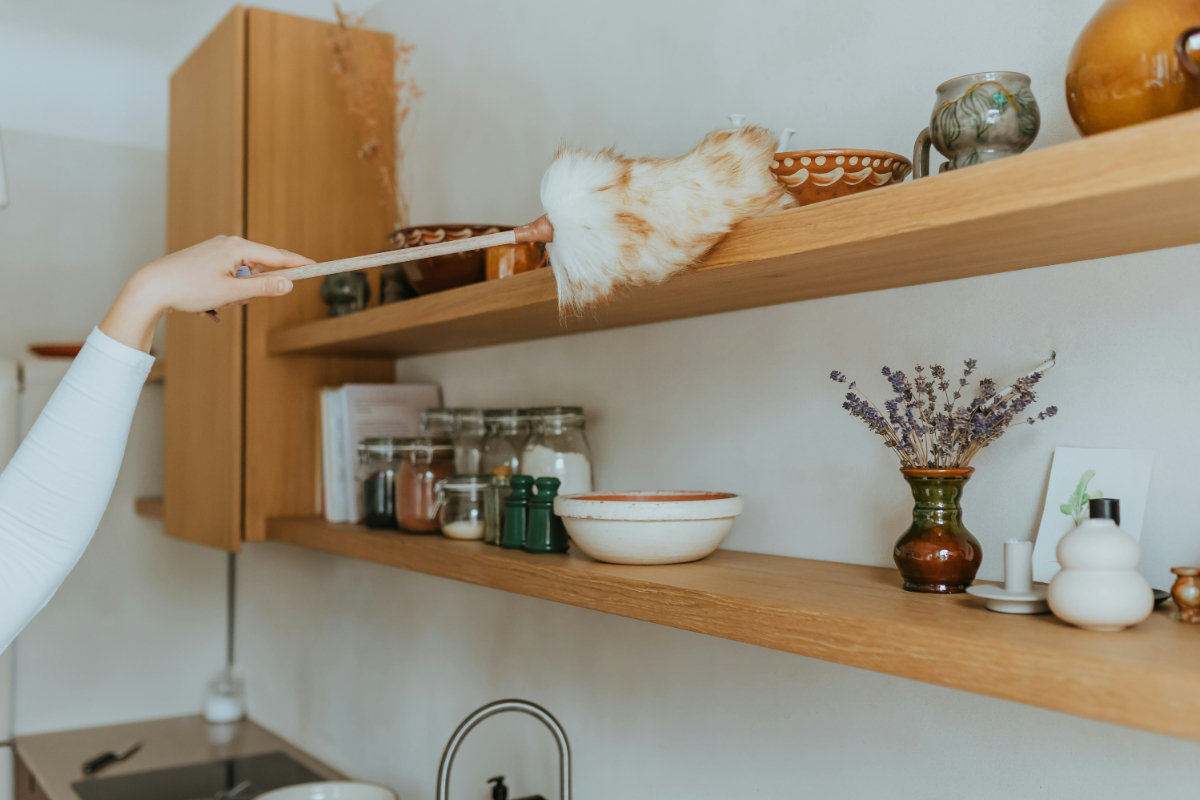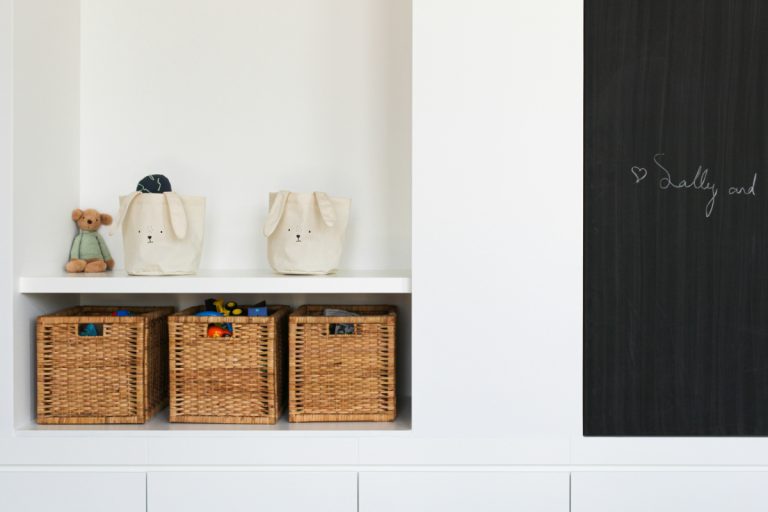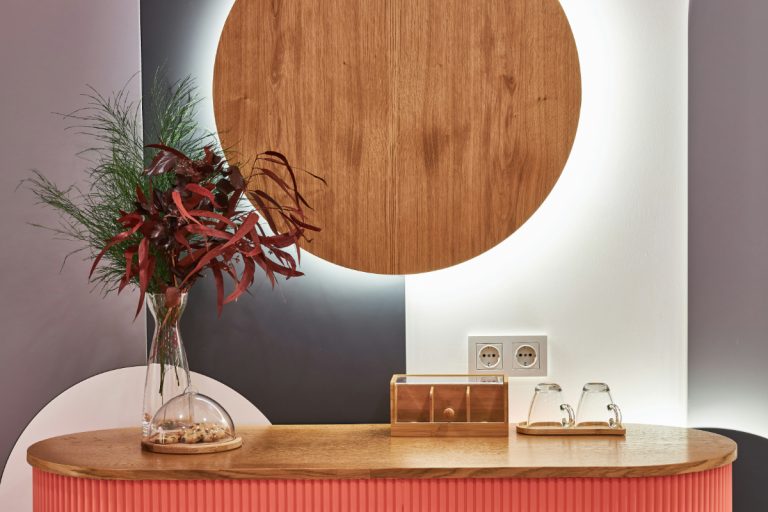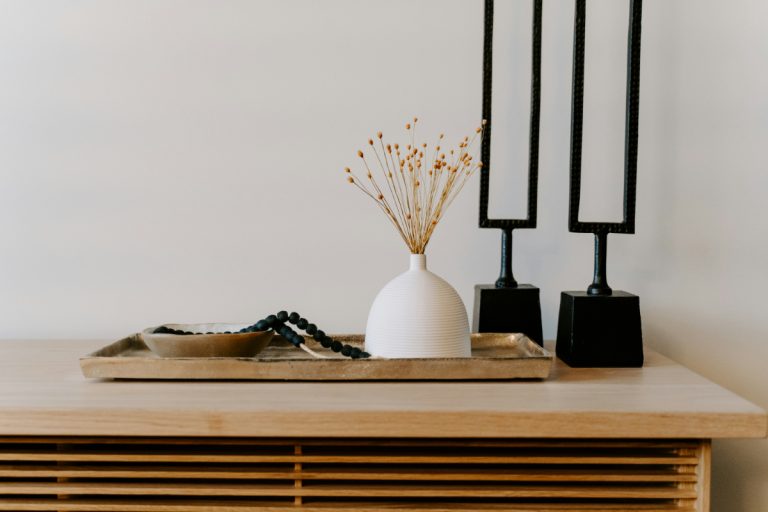Decluttering Tips for Hoarders: How to Simplify Your Home
If you’re a hoarder, the thought of decluttering your home might seem overwhelming and impossible. However, decluttering can be a life-changing experience that can help you feel less stressed, more organized, and happier in your living space. In this article, we will provide you with some helpful decluttering tips specifically tailored for hoarders.
Hoarding disorder is a complex mental health condition that affects millions of people worldwide. The disorder is characterized by excessive accumulation of items, regardless of their value, leading to cluttered living spaces that can be dangerous and unsanitary. Hoarding can lead to isolation, depression, and anxiety, making it essential to address the issue as soon as possible. In the next section, we will discuss some of the signs of hoarding and how to identify them.
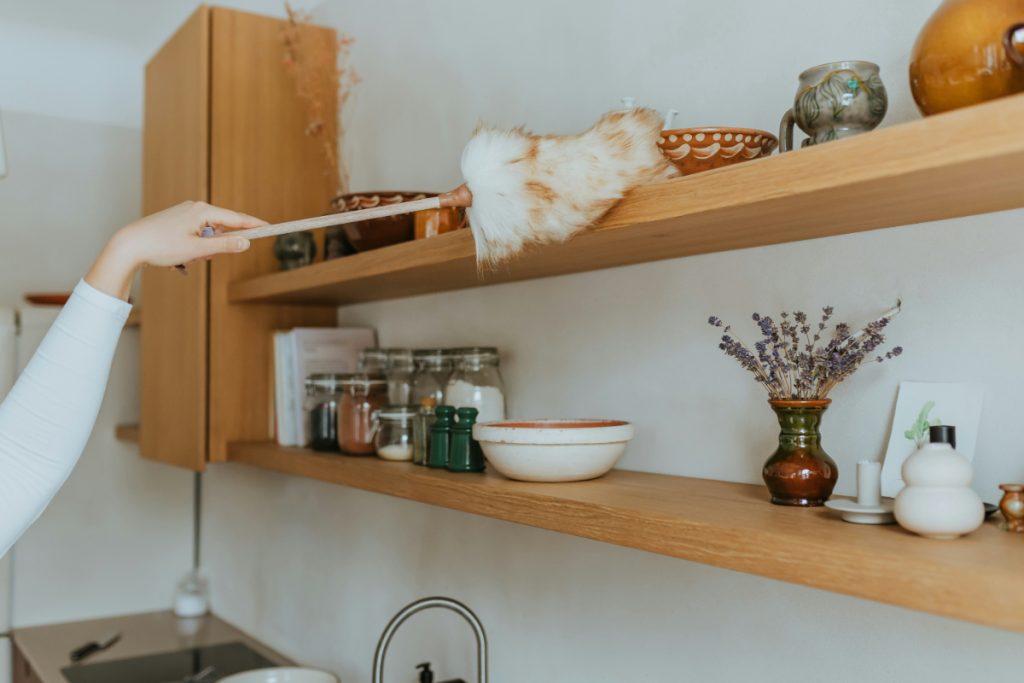
Understanding Hoarding
If you or someone you know struggles with hoarding, it’s important to understand the underlying psychology behind this behavior. By doing so, you can better approach the decluttering process with empathy and patience.
The Psychology Behind Hoarding
Hoarding is often associated with anxiety disorders, depression, and obsessive-compulsive disorder (OCD). It’s a complex psychological issue that involves a strong attachment to possessions and a fear of losing them. As a result, hoarders often experience elevated levels of stress and anxiety when faced with discarding items.
According to a source, hoarding behavior can be categorized into three types:
- Compulsive hoarding: This type of hoarding involves the acquisition of items that are not needed or have no value. Hoarders may feel a sense of comfort or security in having these items around them.
- Information hoarding: This type of hoarding involves the accumulation of information, such as newspapers, magazines, and books. Hoarders may feel a sense of control or knowledge by having access to this information.
- Animal hoarding: This type of hoarding involves the collection of animals beyond the capacity for proper care. Hoarders may feel a sense of companionship or love from having these animals around them.
Identifying Hoarding Behavior
Identifying hoarding behavior can be challenging since it’s often hidden from others. However, there are some signs to look out for, such as:
- Avoiding throwing away possessions
- Social isolation
- Living areas in the home have been overtaken by clutter
- Difficulty organizing possessions
- Strong emotional attachment to possessions
It’s important to approach hoarders with empathy and patience, as they may feel ashamed or embarrassed about their behavior. By understanding the psychology behind hoarding and identifying hoarding behavior, you can better support hoarders in their journey towards decluttering and improving their living space.
First Steps to Decluttering
If you’re a hoarder, the thought of decluttering your home can be overwhelming. But don’t worry, taking the first steps towards a clutter-free home is easier than you think.
Setting Realistic Goals
The first step in decluttering as a hoarder is to set realistic goals. Decluttering your entire home in one day is not feasible. Instead, break the task into smaller goals that you can achieve over time. You can start by decluttering one room at a time.
To set realistic goals, you need to be honest with yourself about how much time and energy you can devote to decluttering. Don’t set yourself up for failure by setting goals that are unattainable. It’s okay to start small and work your way up.
Creating a Supportive Environment
Decluttering can be emotionally draining, so it’s important to create a supportive environment. You need to have a support system that will encourage and motivate you throughout the process.
Your support system can include family, friends, or even a professional organizer. It’s important to surround yourself with people who are non-judgmental and supportive.
In addition to a support system, you need to create a physical environment that is conducive to decluttering. This means creating a space that is free of distractions and clutter. You want to create an environment that is calming and peaceful, which will help you stay focused and motivated.
To create a supportive environment, you can start by setting up a designated decluttering area in your home. This can be a spare room, a corner of your living room, or even a section of your garage. Make sure the area is well-lit and has all the necessary supplies, such as trash bags, boxes, and cleaning supplies.
By setting realistic goals and creating a supportive environment, you can take the first steps towards a clutter-free home. Remember, decluttering is a process, and it’s okay to take it one step at a time.
Practical Decluttering Strategies
If you’re a hoarder, decluttering can seem like an impossible task. However, with the right strategies, it is possible to make progress and gradually reduce the clutter in your home. In this section, we’ll discuss two practical decluttering strategies that can help you get started.

Sorting and Categorizing Items
One effective decluttering strategy is to sort and categorize your items. This involves going through each room in your home and separating your possessions into categories such as keep, donate, and discard. To make this process easier, you can use boxes or bins labeled with each category.
As you sort through your items, it’s important to be honest with yourself about what you really need and what you can let go of. Don’t hold onto items just because you feel guilty or because you think you might need them someday. If you haven’t used something in over a year, it’s likely that you don’t need it.
Systematic Cleaning Approach
Another effective decluttering strategy is to take a systematic approach to cleaning. This involves breaking down the decluttering process into smaller, more manageable tasks. For example, you could start by decluttering one room at a time, or by focusing on one category of items (such as clothing) at a time.
When cleaning, it’s important to have a plan and to stick to it. This can help you stay focused and avoid becoming overwhelmed. You may also find it helpful to set goals for yourself, such as decluttering a certain number of items each day or week.
Overall, decluttering can be a challenging process, but with the right strategies, it is possible to make progress. By sorting and categorizing your items and taking a systematic approach to cleaning, you can gradually reduce the clutter in your home and create a more organized and peaceful living space.
Maintaining a Clutter-Free Space
Keeping your space clutter-free can be challenging, especially if you have a history of hoarding. However, with a few daily habits and the right mindset, you can maintain a clutter-free space that promotes calmness and relaxation.
Daily Habits to Prevent Hoarding
Here are some daily habits that can help you prevent hoarding and maintain a clutter-free space:
- Make a habit of putting things away: Instead of leaving things lying around, make a habit of putting them away after use. This will help prevent clutter from building up and make it easier to find things when you need them.
- Declutter regularly: Regular decluttering can help prevent hoarding. Set aside some time each week to go through your belongings and get rid of items you no longer need or use.
- Create a designated space for everything: Creating a designated space for everything can help prevent clutter from building up. Make sure everything has a place, and put it back in its place after use.
- Avoid impulse buying: Impulse buying can lead to clutter and hoarding. Before making a purchase, ask yourself if you really need the item and if you have space for it.
When to Seek Professional Help
If you find that you are struggling to maintain a clutter-free space despite your best efforts, it may be time to seek professional help. A professional organizer or therapist can help you develop strategies to overcome hoarding tendencies and maintain a clutter-free space.
Remember, maintaining a clutter-free space is an ongoing process that requires effort and commitment. With the right mindset and daily habits, you can create a space that promotes calmness and relaxation.
